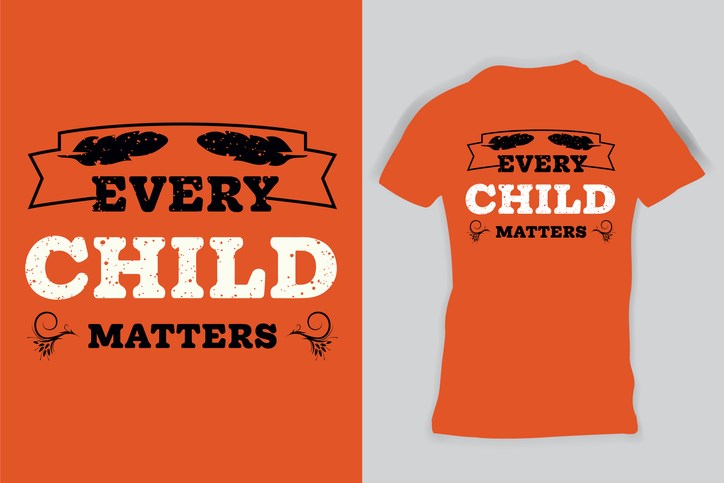For ߣ������Nation member Chris Lewis, the first annual Truth and Reconciliation Day will be a time to reflect.
“I’m going to spend this day with family and friends and just kind of continue to talk about it — continue to have those discussions,” said Lewis, who is a former councillor and spokesperson for the Nation.
In this case, he was speaking regarding his personal views, not those of the Nation.
In addition to observing the day itself, Lewis will be spending time educating organizations about what it means.
“I’m going to spend a week reflecting on the day and educating folks around the thoughts around reconciliation, the thoughts around, ‘How do we get to the truth?’” he said. “And empowering everyone — Indigenous and not — to let them know that everyone has a role.”
Indeed, it’s a question that a lot of people will have to ponder as Canada marks its newest holiday for the first time.
It’s a tricky endeavour, as Truth and Reconciliation Day was declared fairly recently, having received royal assent on June 3.
“The federal government kind of sprung this on us very suddenly,” said Lewis. “So I feel like everybody is scrambling to say, ‘What do we do?’”
He noted the Nation will have its own event that day.
A downtown Truth And Reconciliation Commemoration event at O’Siyam pavilion will take place from1 p.m. to 3 p.m. in Squamish. The event will be used to honour those who attended residential schools — both survivors and those who didn’t make it back.
Lewis said that it would be good for everyone to honour that moment in their own way and he challenged people to think of how to best mark the day next year.
Indeed, the response to the holiday has been somewhat scattered.
All provinces have not recognized the federal mandate, and, as a result, many people in the private sector do not have the day off.
B.C. has not recognized Sept. 30 as a statutory holiday.
In a press conference, B.C.’s Indigenous relations minister, Murray Rankin, said that the province is in discussions as to whether it will follow the lead of the federal government.
“Consultations with the broader private sector are ongoing as we speak, and there will no doubt be announcements made over the next while as to how that unfolds in this province,” said Rankin.
He was speaking on Sept. 27, when the province announced that it had decided that $1.5 million previously earmarked for the province’s Residential School Response Fund would go toward mental health support.
This includes money for the Indian Residential School Survivors Society support line, the Tsow-Tun Le Lum Society and the Métis Counselling Connection Program.
Lewis said the federal government’s royal assent of the day is a good first step, but provinces should also take it upon themselves to recognize the occasion.
“I think it’s incumbent on all levels of government to recognize this national day and to give all employees the day, just like what we do with other national statutory days or holidays,” he said.
“To give that day so people can start learning.”
As for suggestions of how people could honour the day, Lewis said that one way would be to look at the Truth and Reconciliation Commission’s 94 calls to action.
“Pick one that jumps out at you, whatever it is,” said Lewis. “Pick one and be a champion and be an advocate for that one call to action. Whatever touches your heart. And if that means learning more, then learn more. That’s what I’d encourage everyone to do.”
SFU assistant professor Lyana Patrick, who is Dakelh from the Stellat’en First Nation, said creating a holiday is a step in the right direction.
“It’s one step in a lot of steps that need to be taken with this history and the fact that, of course, it continues to reverberate today,” said Patrick.
There are several things that people can do to mark the occasion, she said.
A number of university campuses, like the one where Patrick works, have events that day.
For those who do not have a community event happening in their area, Patrick said that an easy way to get informed about the history is to find films that Indigenous creators make.
Anything from documentaries, to works of fiction can be helpful.
“There’s a whole bunch of Indigenous creators who are contributing to our knowledge of this history,” said Patrick, who herself is a filmmaker.
She recently turned heads with her animated documentary short film entitled, The Train Station, which deals with her family’s history with residential schools.
This year, it was featured by the American Film Institute.
Another thing is to find out whose territory you reside on, and figuring out the Indigenous stories, history, and names of places in that language, Patrick said.
“Even by going outside and just getting to know territories, the land that you are on, and seeing that there are other names for places, that there are other stories other than the ones that are commonly told — I think that’s a good thing to do,” she said.




